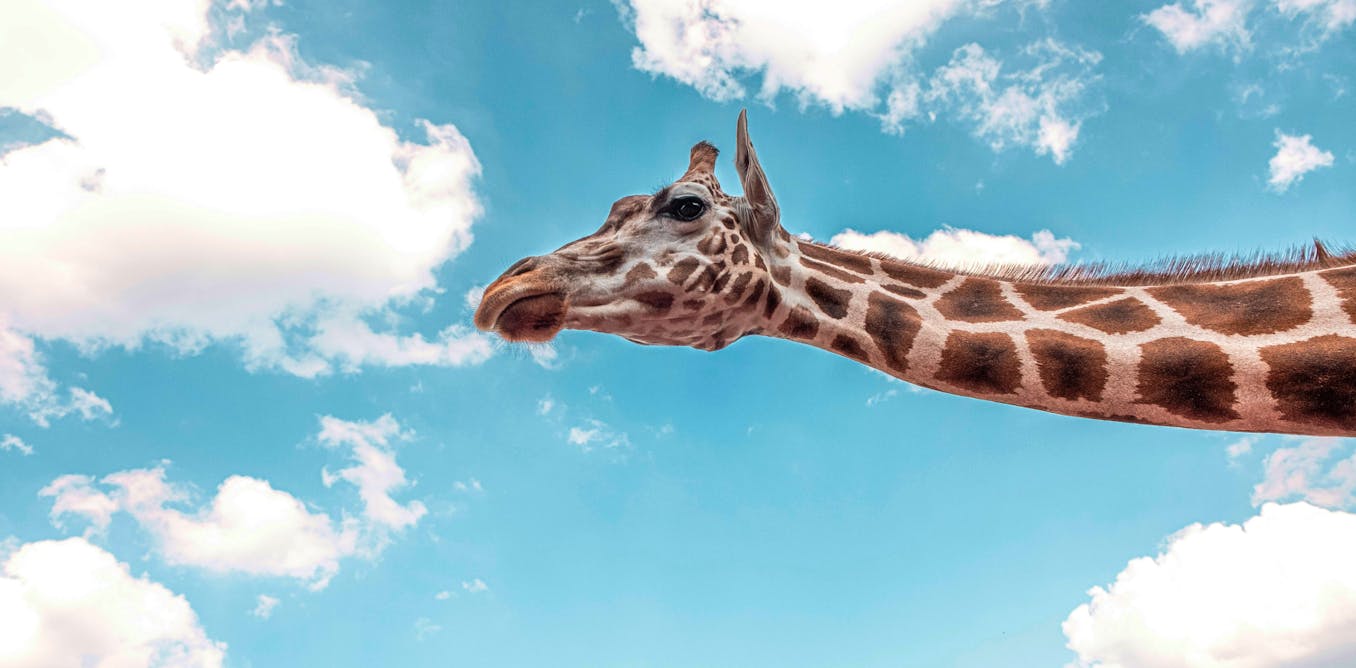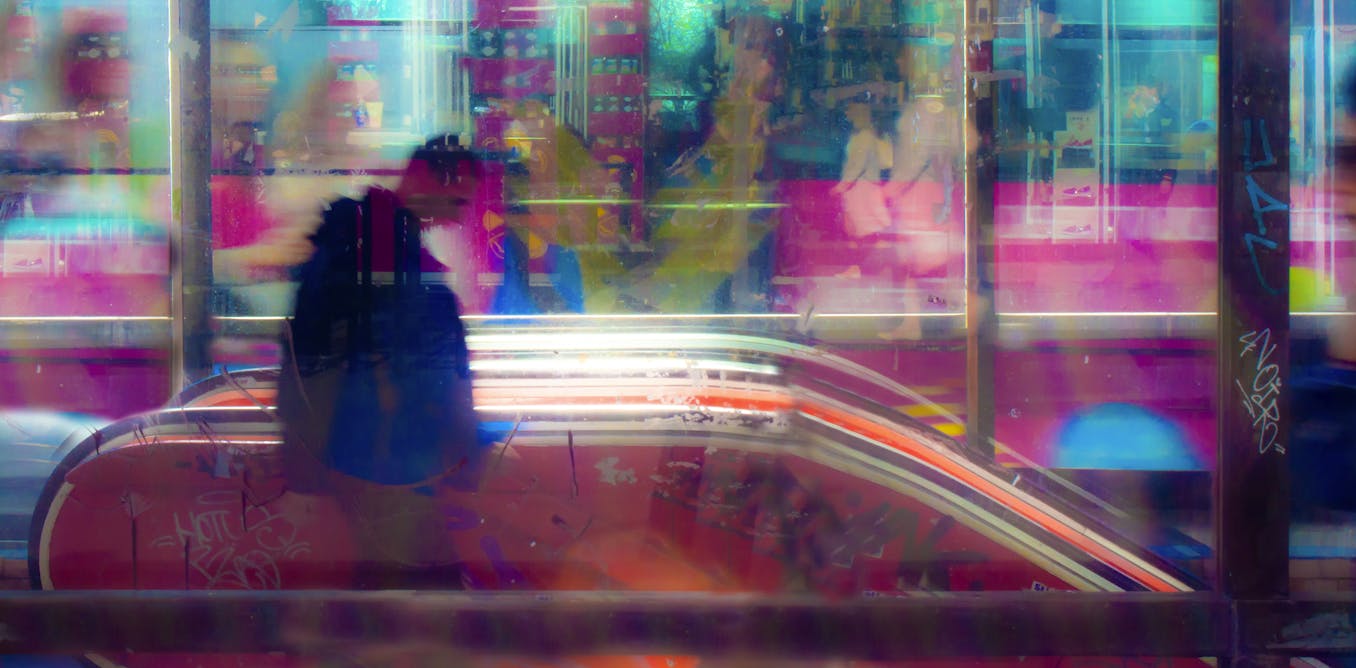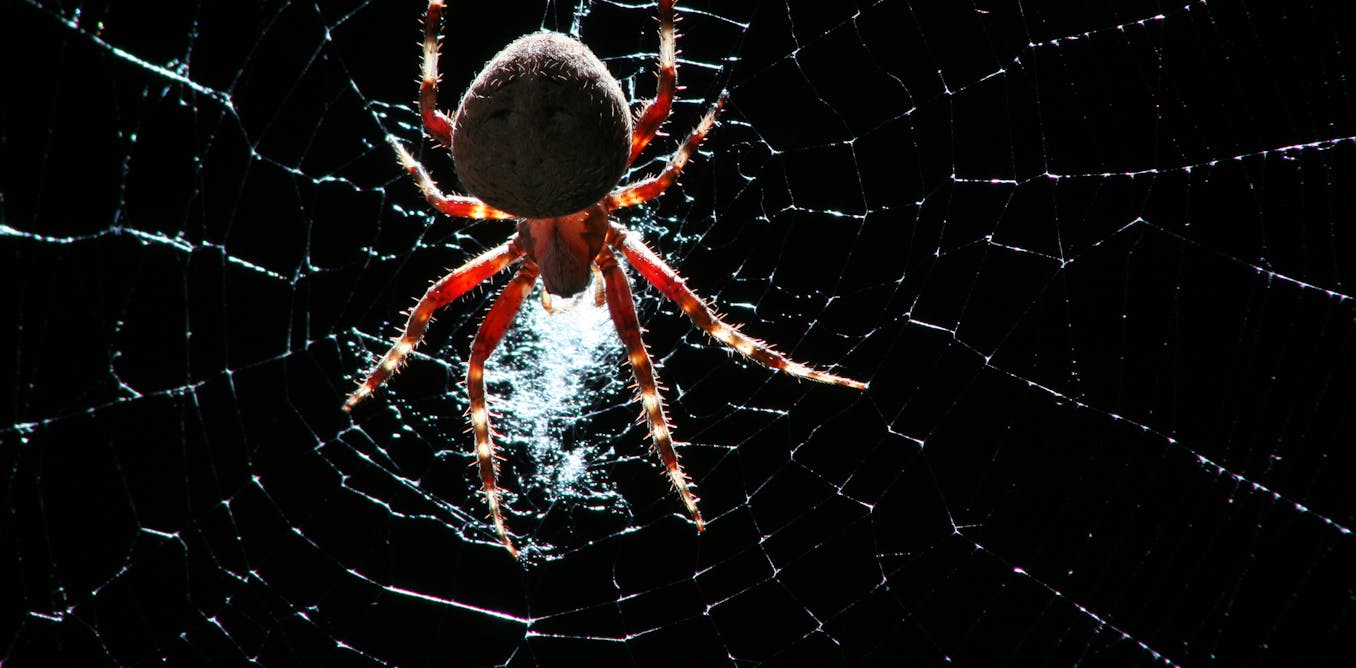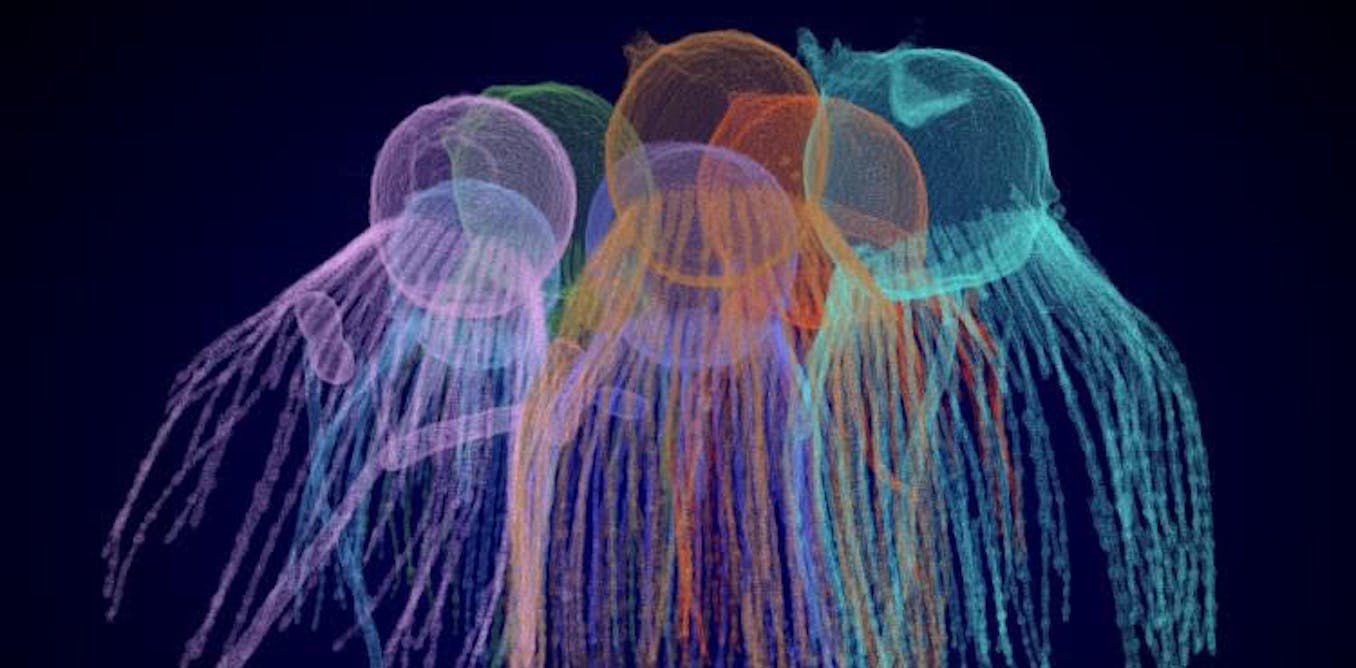Welcome to the ultimate sushi experience in Tokyo with Chef Lucas Sin. In this Nat Geo’s Best of the World video, Chef Sin takes us on a journey to Udatsu Sushi in Tokyo, a place that has been recognized as one of the best of the world in 2024.
The video starts with Chef Sin receiving a letter with a scavenger hunt for him to complete to find out what makes Udatsu Sushi one of the best in the world. From riding the subway to finding the restaurant, to meeting the chef, viewers are taken on a thrilling adventure through the streets of Tokyo.
Once at the restaurant, Chef Sin is welcomed by the owner and Chef Hisashi Udatsu, who introduces him to the art of omakase sushi. Throughout the culinary experience, Chef Sin is in awe of the unique and creative ingredients and cooking methods that are used to create the unforgettable dishes.
From tasting the first bite of the meal to grating fresh wasabi and preparing two types of rice, Chef Sin delves into the philosophy and approach of Chef Udatsu’s sushi-making, gaining insights into the intricate details that make each dish a masterpiece.
As the experience unfolds, Chef Sin is amazed by the sequence of flavors and the evolution of textures, showcasing the expertise and artistry of Chef Udatsu’s creations.
Join Chef Lucas Sin on this unforgettable journey to experience Tokyo’s ultimate omakase sushi at Udatsu Sushi and discover what makes it a must-visit destination for any sushi enthusiast.
Watch the video by National Geographic
Lucas: It’s like a sunset. Of tuna. The producers told me that I was going to be interacting and eating sushi in some way. The rarity, the specialness of the experience was not conveyed and could not have been conveyed. Here we are in Tokyo. Just got off the plane a couple of hours ago.
I was supposed to be on a beach in Bali, but National Geographic called the other day and said, uh, cut your vacation short, come to Tokyo. And now I don’t know what the plan is going to be. It’s a letter and it’s a list of sorts, sorted into categories.
It says Dear Lucas and a residential neighborhood in Tokyo, Chef Hisashi Otatsu presents an omakase menu with some creative and non-traditional ingredients and cooking methods that put it on our 2024 best of the world list. Your mission. Find out why by completing our scavenger hunt.
Don’t forget to take photos as you complete each task. First things first, test out the camera. Selfie. Mean mug. We’re actually doing this now. First is to find Utsutsu sushi. Ride the subway to Nakameguro station. Ride the subway. Done. Walk along the canal and explore the neighborhood.
Done. Bring a present to give to the owner if you don’t have one, purchase one. Baked goods might be kind of cute. A haircut. Maybe some tea. Got it. I’m holding the tea underneath my armpit. You just can’t see it. Done. After the train tracks.
They said you’d see it when you see it. Find that sushi. Done. I think there’s something magical when chefs meet each other, mostly because most chefs are so kind and so nice and know what we go through within the industry. But more than anything, we’re also perpetual, lifelong students.
Wherever we’re eating, whatever we’re eating, whoever we’re eating with huge objective of ours is to understand the deliciousness. I felt very much at home and at ease with chef because he was so happy to, to teach me
Things that I didn’t know. This I’m sorry to ask this, but can I take a photo of you? Done. I cooked in Japan a while ago in kaiseki, but because I was very junior, I was not allowed to touch fish. So this is like a very next level thing for me.
As a chef, I don’t think I’m ever going to get this opportunity ever again to sit in a restaurant with a chef and ask so many probing questions and meet a chef who is so open to answering those questions and genuinely helping me understand a little bit
More about the evolution and the movement of sushi through the ages. Mhm. This is ridiculous. It’s so baller to start a meal with texture that you don’t anticipate when you walk inside of such a serene omakase sushi place.
As a chef who’s cooked in the western world, you see microgreens, you get scared because you think that it’s going to be bitter. It’s going to be it’s going to take things away. But when it’s doubled down on that in the center to such texture and the oiliness of
The fish plays with the natural bitterness inside of those greens, it’s such an unexpected first step into a new direction. I’ve never started any sushi meal like this. First bite of the meal done. What. The imprint on there isn’t just for show, it’s actually Smokey.
I feel like it’s a call out to some of the smokey flavors that are going to happen later. When we look at a restaurant like sushi, a lot of people want to throw the word experimental and new on there.
But in our conversation with chef, one of the most important words he said was new tradition. So how would you describe your style of sushi? Learn about his cooking philosophy. Done. It’s kind of smoke, I think. Mhm. God damn it! Sometimes I wish I was acting, but I genuinely am not.
First of all, I’ve never had wasabi like that before. Why isn’t it spicy? I was reminded that that’s how wasabi tastes like all around the world. Most wasabi that you get in takeout sushi restaurants is actually horseradish that’s dyed green. And so it’s got an aggressiveness to it.
One of the cool things that chef did was bring in his artisan that had made a lot of his chopsticks table settings, in this case specifically the wasabi grater. So what is this? What is it for? And why do we have to make it out of the stingray.
Do you see that your philosophies match up? Ask about his ingredients and tools, done. And Udatsu san was nice enough to show us that process and to let me try my hand at it. Oh, it’s so, um. It’s very green. It’s very vegetal.
The spice is momentary and it’s exciting and it’s explosive, but it’s not excessive. Grate Fresh wasabi, done. So I see lotus roots. Particularly excited about this as a Chinese chef, because there’s a Chinese ingredient of a Chinese pickled mustard greens.
But when we saw the prep of this earlier, it’s a totally different, um, color. It’s bright green instead of yellow. I’m expecting a lot of crunchiness, a little bit of that, like silky sliminess from the nagaimo and importantly, the first appearance of rice in this tasting menu. Mhm. Wow. I love this.
Actually out of this world. The focus that chef has, plus the restraint he has to bring in new elements. There’s something new going on there. Okay, here we go. First piece of nigiri. Chef Udatsu: Nigiri.
Lucas: Yummy. A beautiful thing that I learned about sushi today is that if the fish is good, the fish part is good, but the rice is perhaps the most reflective of the sense of style of each sushi chef. What is your approach to the rice here?
It was really special that we got the chance to see how that rice was prepared. What you can hear now is the rice alarm, which basically is the rice jumping up and down inside of the pot, causing the lid to clank.
Sushi chef Udatsu makes two types of rice, one for maguro that’s a little bit more punchy, a little bit more acidic, and the other for everything that’s not mackerel. It’s such like minute differences. But from the time the rice gets arrest to the manipulation of the rice, all changes the
Texture just so slightly. So that when we’re tasting it like this, it doesn’t taste like how it did with the fish. But eventually throughout the process, it will. Preparing the two types of rice, done. Something really interesting about a lot of the things I’ve had today is the sequence of
Flavor and the evolution, and like the timeline within the palette. Mhm. Like something will come in and there’ll be one texture and then there’ll be like a hidden little surprise in the middle. So good. In this case a sweet small burst of sweet shrimp in the center.
I haven’t seen before and I didn’t know it was possible. Learn how to cut fish in the traditional Japanese style. We did not do that. It would have been inappropriate, given how woefully insufficient my knife skills are. However, we did learn a lot about fish butchery and everything to do with the fish.
One of the most amazing things as a chef watching a sushi chef is that every single step is so neat. Everything is squared off. Very aspirational stuff. To clear the air as opposed. I don’t speak Japanese anymore.
I worked in Japan for a couple of years, picked up a kitchen level Japanese which is 50% grunting, and then lost the 50% of grammatical syntactical Japanese due to, uh, an ex-girlfriend telling me that my Japanese is bad. Learn how to cut fish in the traditional Japanese style. Sort of done.
The chef also brought a second artisan. He is the go to knife expert for all of the top sushi restaurants in all of Tokyo. What’s incredible about that relationship is how well he’s gotten to know each chef that he serves.
How do you talk about knives and how do you find the right knife for the right chef? Meet the knife guy, done. Nothing prepared me for this. Everything just collapses into a puddle of maximal flavor. The fat just melts and pushes on, which is like into a puddle all over your palate.
Then the rice starts to come up into those little pieces that you chew through. Little pop pop up, up, up, too good. Wah! The crab is really nice and sweet. Yum. Try sushi from a company that it’s not from Udatsu Sushi as a point of comparison.
Okay, so we found a negitoro, which is a minced tuna with chives. Mass produced nori has this, like brilliant green color, but it just doesn’t have that crisp, obviously, that Udatsu sushi had. The rice doesn’t have the same amount of chew. It’s a little bit gluey.
And the fish, obviously, in order to keep it preserved inside of a cold case, it doesn’t have the same texture and actually doesn’t taste very much like fish. Not to say that this tastes bad. Just doesn’t compare. Oh my goodness, I didn’t take a photo.
This photo is missing but I swear I did it. Taste the convenience store sushi done. What? One bite. The layers of flavor again usually when you when I’ve had sushi before and we get to uni, they always ask would you like this one or that one, this type or that type?
This has both. One a little bit more textural and buttery. The other one, Punchy. Punchy, bright and sweet. Crisp from the fried seaweed in the middle. And then that signature rice. This is the part of the meal when everything starts to blend together. Because as the flow picks up, the rhythm picks up.
Everything’s just happening. And all our job as customers is to try to grasp what’s happening to us . I’m sensitive to the word fusion because it implies a sort of crass bombardment of cuisine and a mish mash of things in a way that is done in pursuit of novelty instead of
Pursuit of genuine deliciousness. Whoa! I’m so sorry. Can someone translate what’s happening right now? Prawn roll infused into egg yolk sauce. Is that what it is? Tradition informs chefs evolution. But what keeps him going is deliciousness. And there are also moments of that meal that are just so, like purification level of this
Really, really, really delicious things put together, like that egg yolk sauce with a little bit of rice left in the bottom of the bowl. Wow. But I don’t want to discount the amount of work that chef has put into understanding an older form of sushi upon which he is building sushi.
What? So what the hell is going on? What the hell is that? Look at this. I don’t know if you guys can see it. It’s like a sunset, of tuna. Chef Udatsu: One bite. I will try. Lucas: I could try to say something poetic, like, oh, this is the bite that encapsulates all
These other bites that preceded it, but that is just I mean, that’s a ridiculous thing. You can’t not experience that to know what that feels like. Oh. Wow. What a climax. Oh, hey. Whoa. That’s got plenty of fish in it, but it teases out all that sweetness. It’s fun. And it’s funny.
Egg for dessert. Like this. Very good. I think I need a moment to process this. The best tasting menus feel like a journey, because not only have you gone from point A to point B like you’ve physically moved, but then you can look back at every single slice
Of that experience and remember it and reflect on it and feel like it all accumulated to something like A plus B, plus C, and it all like maximized into this big thing. And that’s my feeling, especially with that last Maguro Futomaki and then the the Tamago. Thank you.
On this list, there are two things that it asks of me. One is to have a Zen moment, and the second is to write a haiku about my experience with my utter lack of command of the Japanese language and a little bit of help from our friendly crew members.
I present to you the following. That’s pretty good. Five. Seven. Five. Done. The takeaway I think from today is that there is no sense of progress without deep understanding of tradition. And Udatsu Sushi is a shining example of that.
At the end of the meal, chef and I had a drink at the bar next door at Bar Rokusho. Cheers. Chef Udatsu: Thank you very much. Lucas: Thank you. How do you feel? After cooking like that.
I bet if I was cooking all day, and this guy made me keep talking about the philosophy of food, I just want to, like, “shut up. Can we talk about baseball or something?” You know. Chef Udatsu: Finish. Yeah. Just drink. Lucas: Done.
Video “Experience Tokyo’s Ultimate Omakase Sushi with Lucas Sin | Nat Geo’s Best of the World” was uploaded on 01/30/2024. Watch all the latest Videos by National Geographic on Gretopia






































